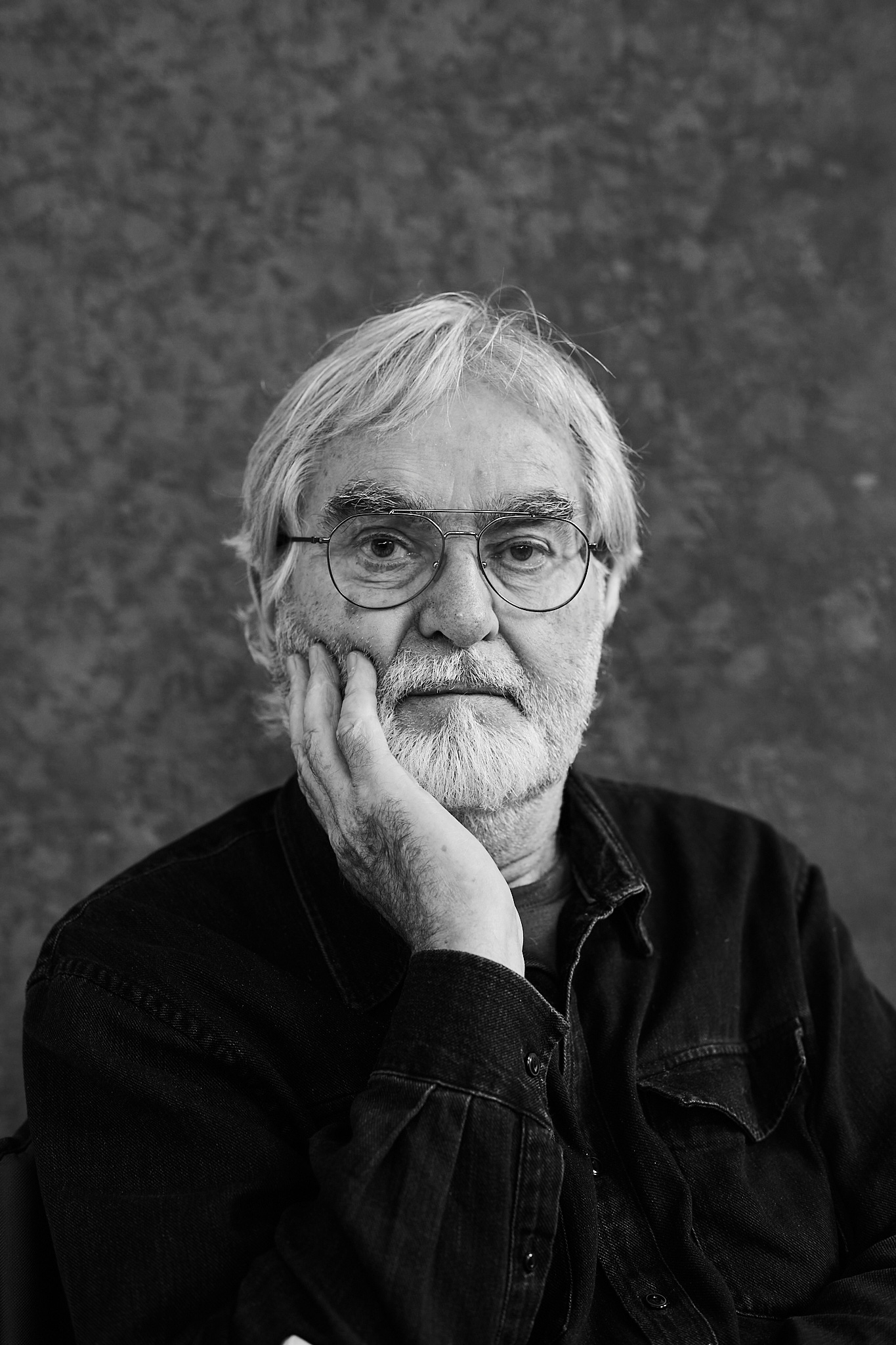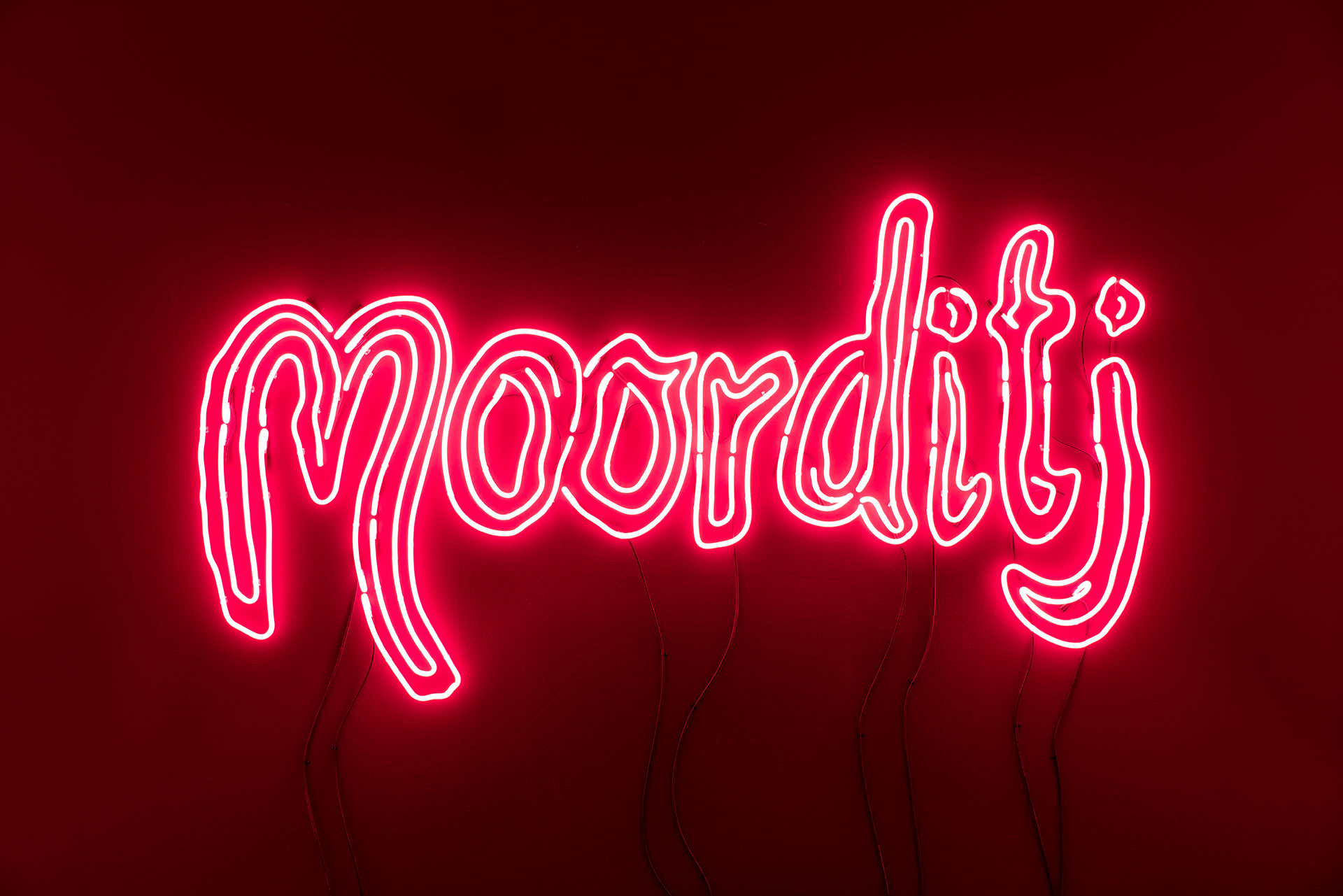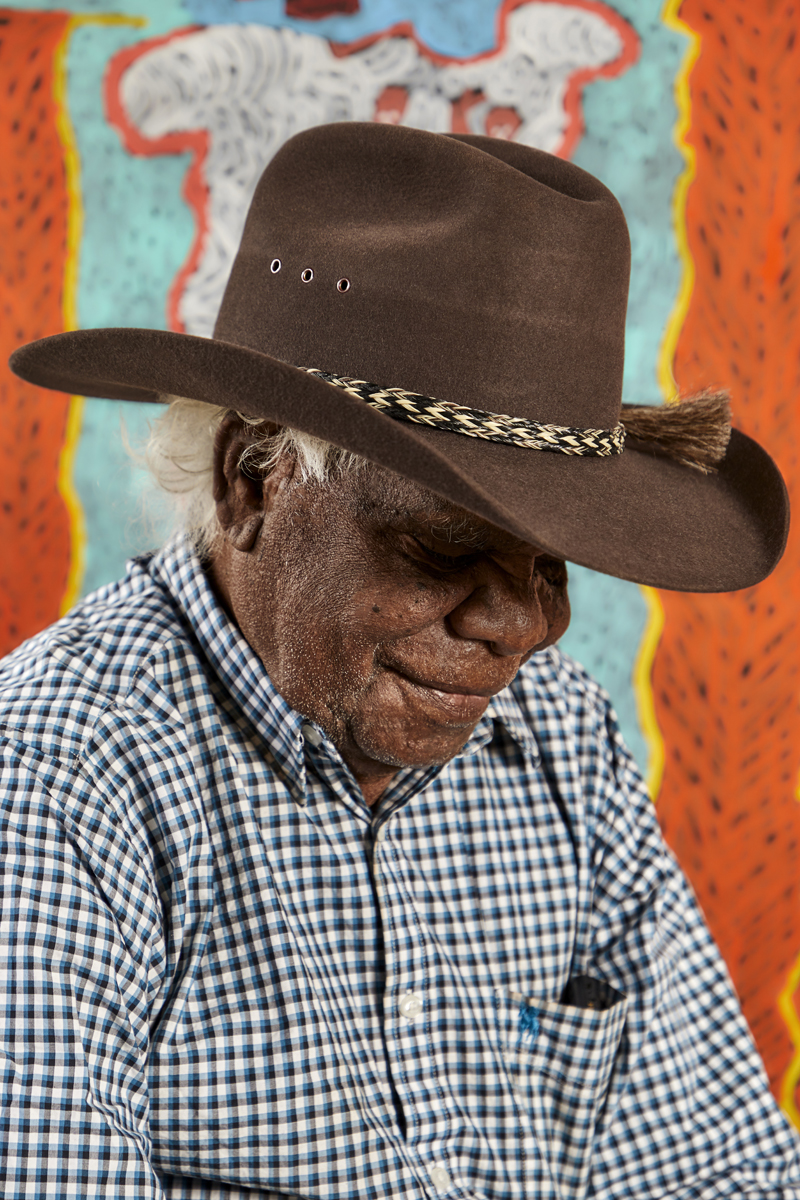Brian Blanchflower and Michele Theunissen are masters in dialogue
Two of the state’s most senior and significant painters, Michele Theunissen and Brian Blanchflower are also lifelong friends with a shared dialogue that sustains their art making.
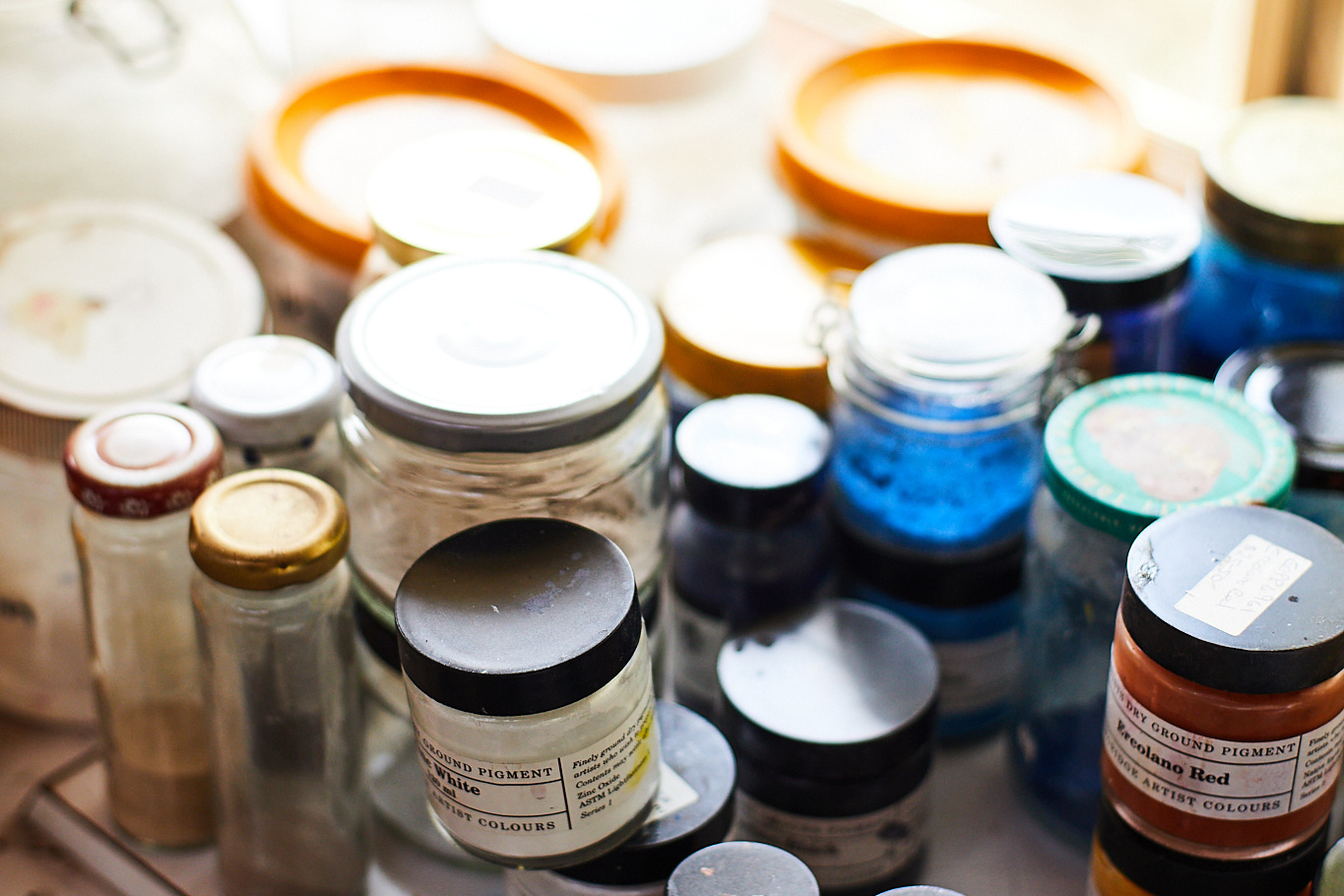
Michele Theunissen and Brian Blanchflower understand each other. Both are abstract painters with an affinity for nature. Since they began their individual practices they have delved deeply into the human condition, notions of the sublime, and the mysteries of the universe. They have been friends for more than 20 years after Theunissen invited Blanchflower to show in Mine Own Executioner at the Mundaring Arts Centre in 1997. Blanchflower’s career began years before Theunissen’s, but time, gender and age do not factor in their mutual exchange. It is about making art.
Their friendship is known in art circles and is acknowledged as enduring and important. What this friendship has contributed to the wider community is hard to measure but these senior artists have given the viewing public a visual feast that mirrors their continued explorations and, perhaps to some degree, their shared conversations. As painters, they are lone practitioners, and to find another who understands and offers artistic support is highly valued.
I visit one studio and then the other to speak with each artist and a parallel conversation emerges. There is talk around quests, about the quixotic nature of colour, about the unanswerable questions of life, of finding meaning without the need for words, of generating feeling, and of provoking thought.
Though Blanchflower is reluctant to analyse his friendship with Theunissen he offers this observation: “We don’t always necessarily think the same or agree about things. It is just a matter of having two sets of eyes looking at the same thing and then discussing that perhaps, and seeing what comes out of it.”
Theunissen reveals that she and Blanchflower’s friendship has been built on layers of communication, of visiting exhibitions together, of looking at each other’s work, while he acknowledges having a shared respect for the natural world and love of being immersed in nature. Both artists tell me that they can view a work together and sometimes not even speak.
“Often words aren’t enough to describe what you’re seeing but you can still sense the fact that someone else feels the same about something,” Blanchflower says.
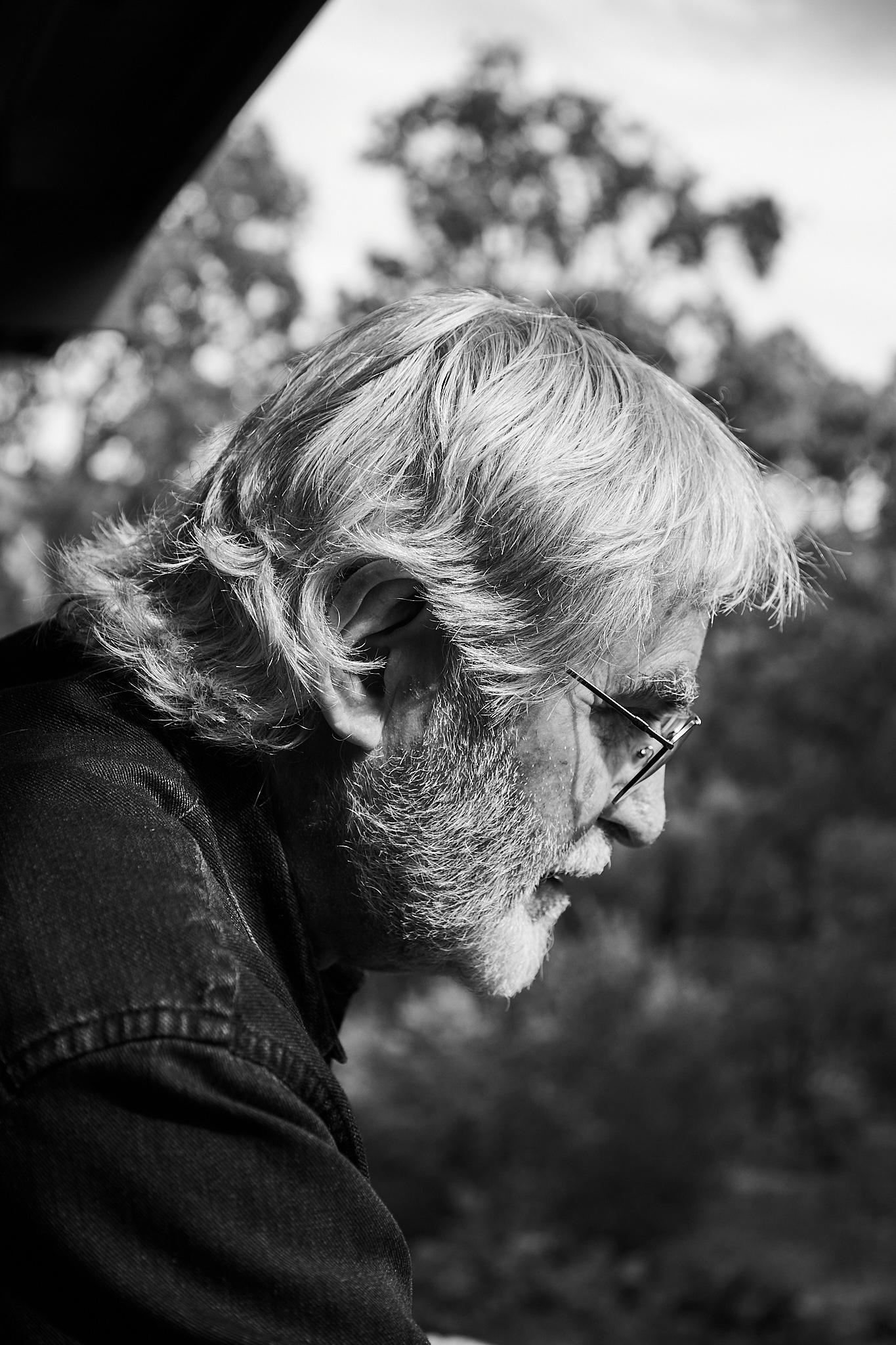
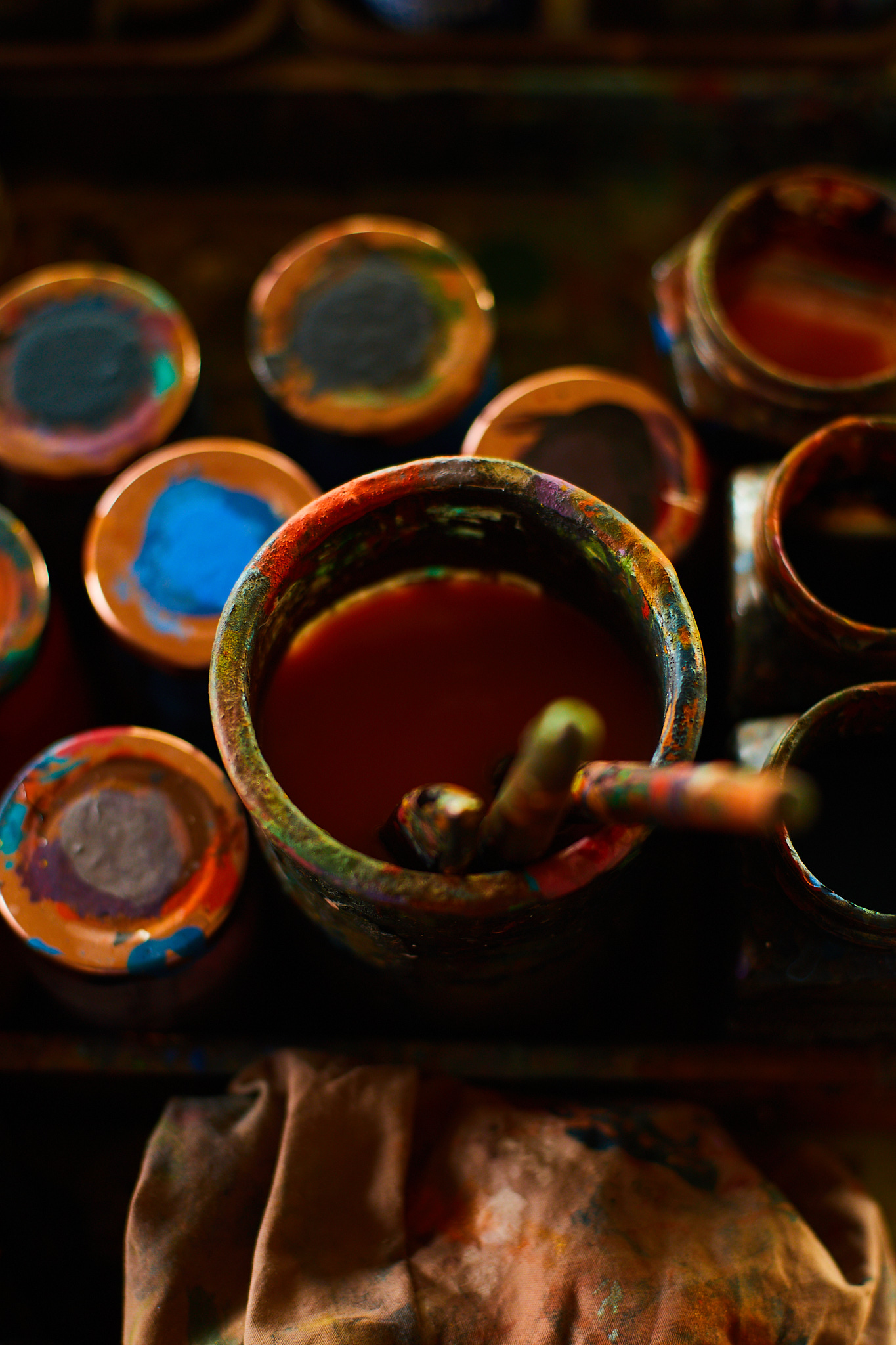
From their different positions, these are two people participating in a unique artistic dialogue. While Blanchflower follows what he calls “a trail, the interrelatedness and dependency of things on other things” with what Theunissen describes as a “great clarity and acuity of vision”, she describes herself as being subject to forces of dissonance and disruption. “That’s part of our humanity, isn’t it? Our unsettled-ness? Talking about what art is, and then thinking about it independently—that keeps me going, in a way, trying to push for what art can reveal,” she says.
Blanchflower’s quest is clear in his ongoing Canopy series (begun in 1985 and now comprising 78 large works), and in his Megalith and Concretion works. The Canopy series is a journey into the cosmos via Blanchflower’s visions of the night sky while in remote landscapes.
“We don’t know what we don’t know, but one can assume that it’s kind of an infinity,” Blanchflower says. “The idea of infinity is not an easy one for people to gather because they tend to think of a beginning and an end, but my feeling is that the universe is infinite. In other words, there was no beginning and there is no end.”
“I’m trying to point people, or myself, towards the mystery of existence. What’s it all about? I’m absorbing my surroundings—nature, natural things—which are changing all the time, slightly. So, all that’s affecting me, but there’s still a tremendous mystery attached to it all. Which, in a way, I don’t think mankind will ever fathom out. We just get glimpses of it, we’ve got no idea how much there is yet to learn, or how much we know.”
Blanchflower’s study of the sub-atomic has delivered meditations on the forces at work in the universe, and he believes that the further we look out, the further we look into ourselves: “We don’t know what we don’t know, but one can assume that it’s kind of an infinity. The idea of infinity is not an easy one for people to gather because they tend to think of a beginning and an end, but my feeling is that the universe is infinite. In other words, there was no beginning and there is no end.”
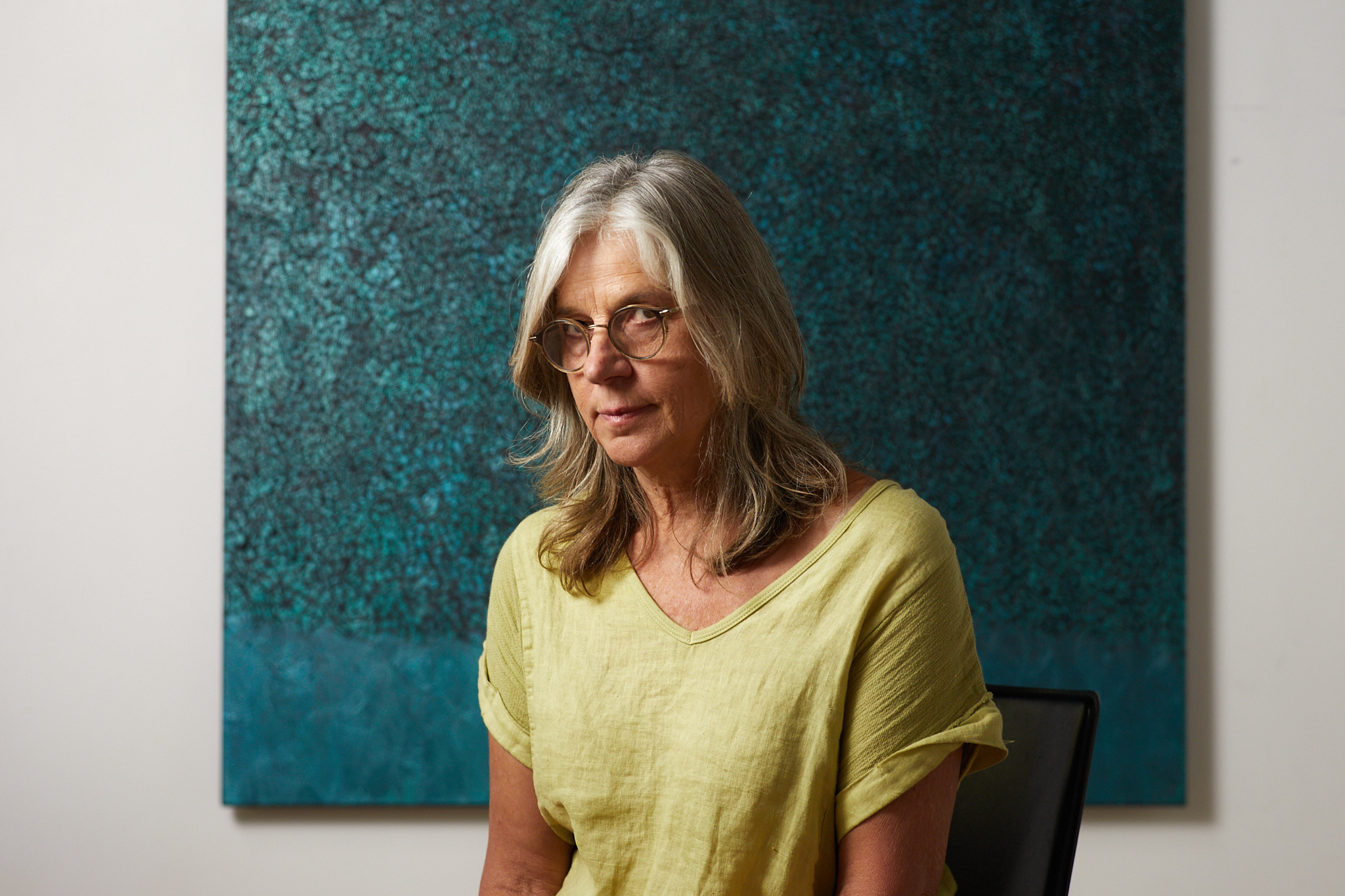
In contrast, Theunissen’s work is an exploration of substrata, of what lies beneath the surface. Her quest is an abstraction of growing up in South Africa under apartheid, of deeply conflicted feelings as she struggled to understand a system that as a child she had no words to fight or power to change. Her artistic narrative is not the same as her childhood experience, but the inner dissonance and urge to disrupt that she experiences when working originate in those early conflicts.
“Skin became a metaphor for me, of where I came from, the division of skin, racism and of the whole thing I had been caught up in, in South Africa,” she says. She recalls how, as an art student, her engagement with the human body ultimately led her to the properties of skin, the physical purpose it serves, how things act upon it and how it changes.
Theunissen says her investigation of skin allowed her to move away from the pain of living under apartheid: “Beginning to see how skin separates the outside and inside of you, it was a way out of the pain, and thinking of myself as just part of a greater whole.”
Her works can take years to finish, she is rarely satisfied, constantly reworking in a process she calls ‘deletion’—building and taking away, building more, scraping off—an editing process that is the continuum in her work for the search for underlying truths. “What your humanity is,” she says. “A sense of what we don’t know about ourselves, about the greater universe, is very present in painting for me. Abstract painting for me is about touching something you don’t know, about something revealing itself.” Deletion is the title of her most recent body of works built on this process.
“A sense of what we don’t know about ourselves, about the greater universe, is very present in painting for me,” Theunissen says. “Abstract painting for me is about touching something you don’t know, about something revealing itself.”
At the core of both artists’ practices is this preoccupation with the unknown, and it appears to be what binds the friends. Theunissen’s work in the substrata of the “skin of things” is in tune with Blanchflower’s sub-atomic enquiry. While their philosophical interests are in concert, their processes differ and they do not always agree; one looks inward and underneath, while the other upward and outward. Still, both observe life’s mysteries and its morass of “unresolved-ness”, to quote Theunissen.
She says he provokes her to think harder while describing them both as disparate personalities able to harmonise: “Brian’s work comes from very pure insights. My work comes from struggle. Struggle is my engine. I don’t know how it is for Brian. He’ll come and look at my works and doesn’t say much, but what he does say is usually spot on, or profound. I have felt supported by his interest and it’s given me the impetus to keep working in the most honest way that I can. I’ll always find that there’s some quest in me, some need that’s quieted by his take on art, and then I feel reassured being an artist. And I pull together the different strands of struggle into some sort of equilibrium.”
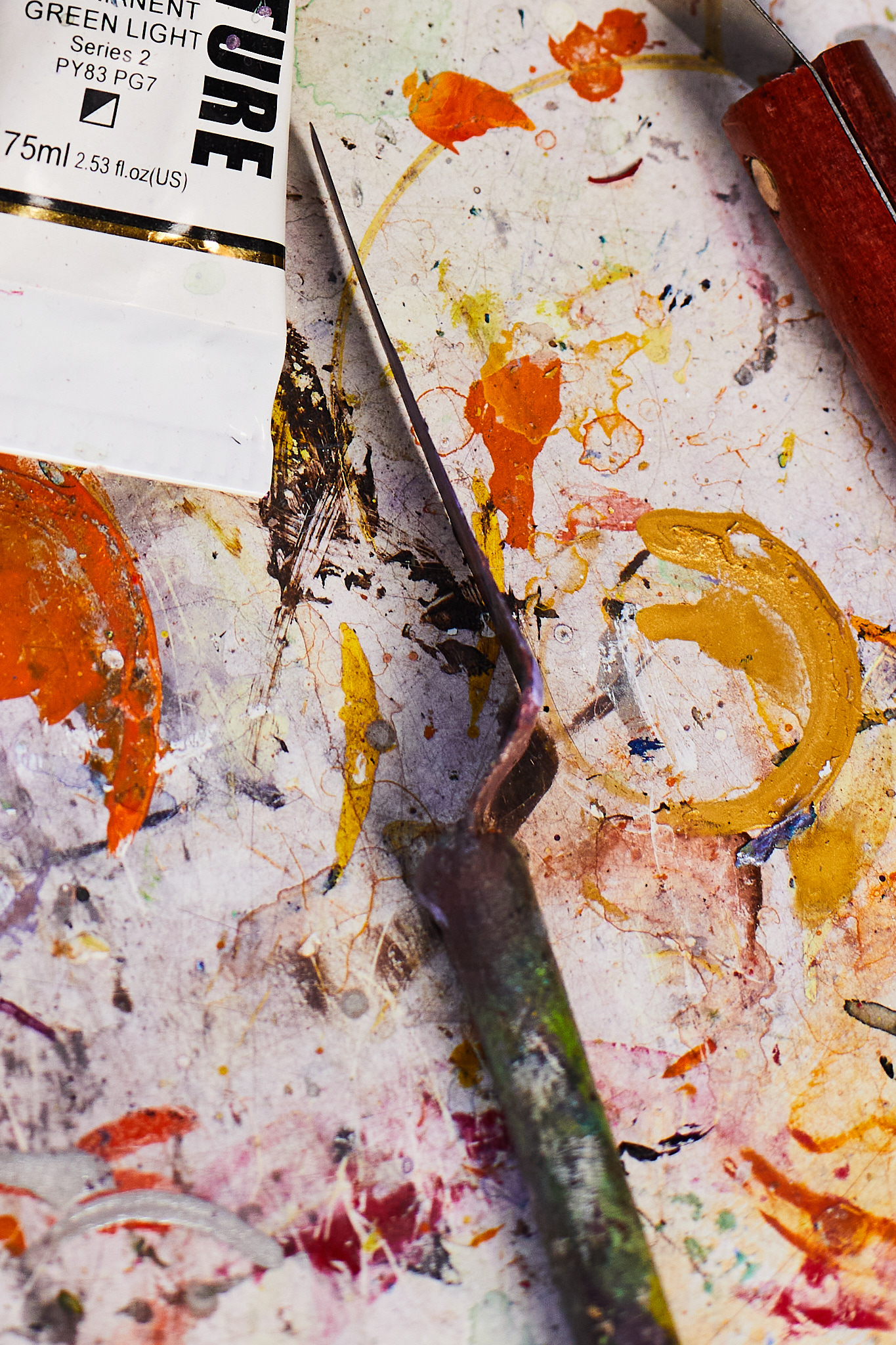
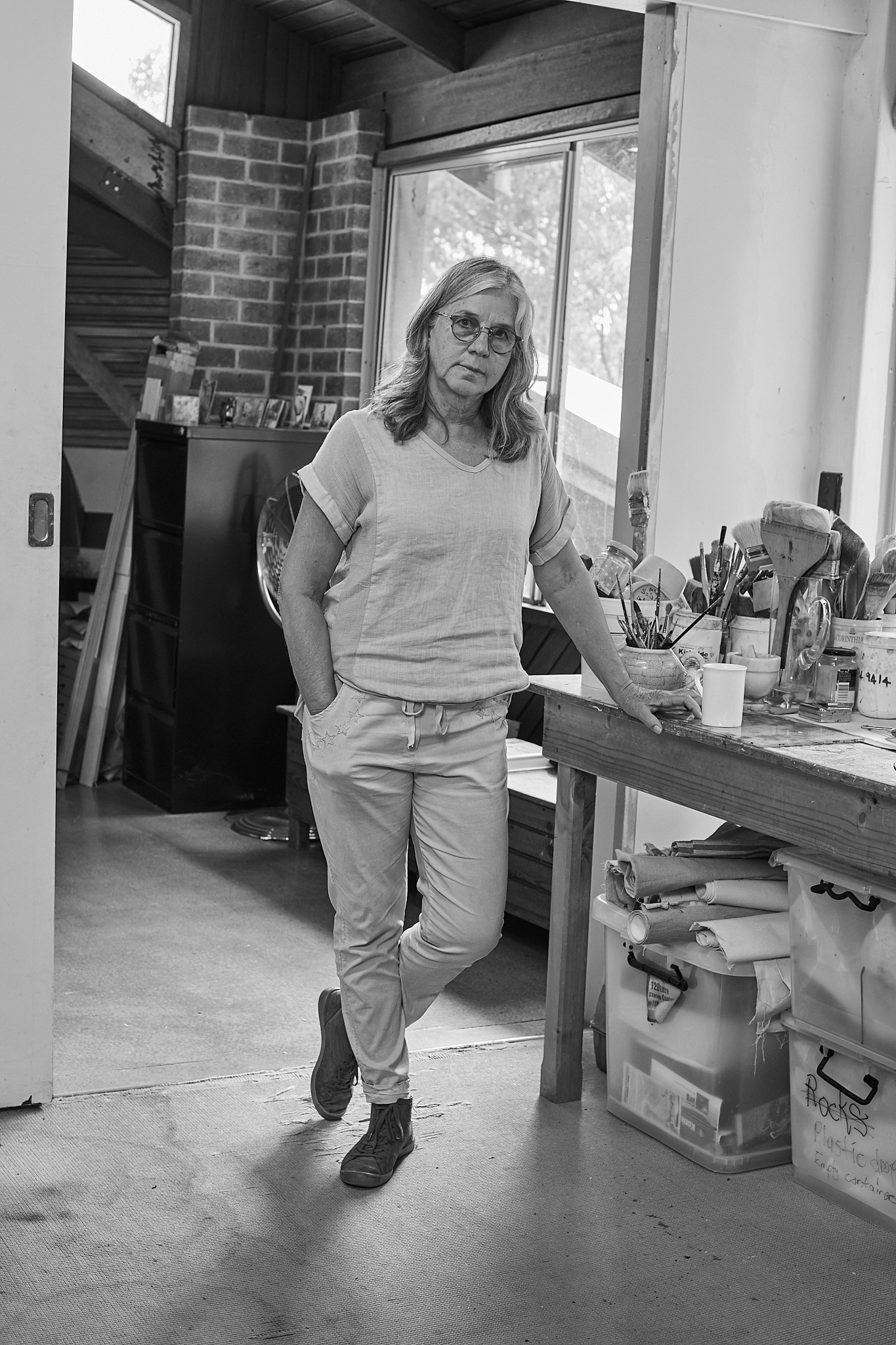
Blanchflower reflects on their different approaches and also some shared traits: “I tend to be very much in my own world as an artist. I don’t actually see that many artists, I’m not in any kind of discussion generally with other artists. Michele is an exception to that. It’s the [shared] language of painting, the language of colour and the fact that she’s trying to discover something in the work she does. She’s incredibly persistent in trying to find that, whatever that is. She often writes and talks about it being ‘nothingness’ or ‘nothing’, that she’s seeking. Well, it’s a bit like me when I’m talking about the unknown or the unnameable or whatever, it’s this sort of quest, I think, that she’s involved with.”
Both frequently refer to “quests” and the exploration of their respective places in the larger scheme of things. Theunissen explains that the concept of “nothingness” that Blanchflower refers to in her work is the Eastern philosophy of nothing as “fullness”, as opposed to the Western notion of nothingness meaning “without” or “absence”: “According to the Nargajuna (Buddhist) philosophy, ‘nothingness’ is emptiness as interconnectedness, where you become part of a much greater whole.”
Both artists also refer to the language of colour. The way each describes it suggests that their way of understanding colour, and communicating it, may occur in a dialect unique to them. While I get a sense of their meaning, I can imagine them standing addressing a work and speaking in shorthand about their intuitive responses to colour, how it is “unstable”, how colours “pulsate”, the effect colours have on your body, and how it can be so “subtle”, according to Theunissen, that it’s “something else other than an emotive response”.
Matching her, Blanchflower says in an artist statement: “Colour is a unique language. It is an extraordinarily subtle one. In painting it can give rise to feelings which are somehow inexpressible yet nevertheless real.” (The Substance of Colour, Turner Galleries, Perth, May 2019).
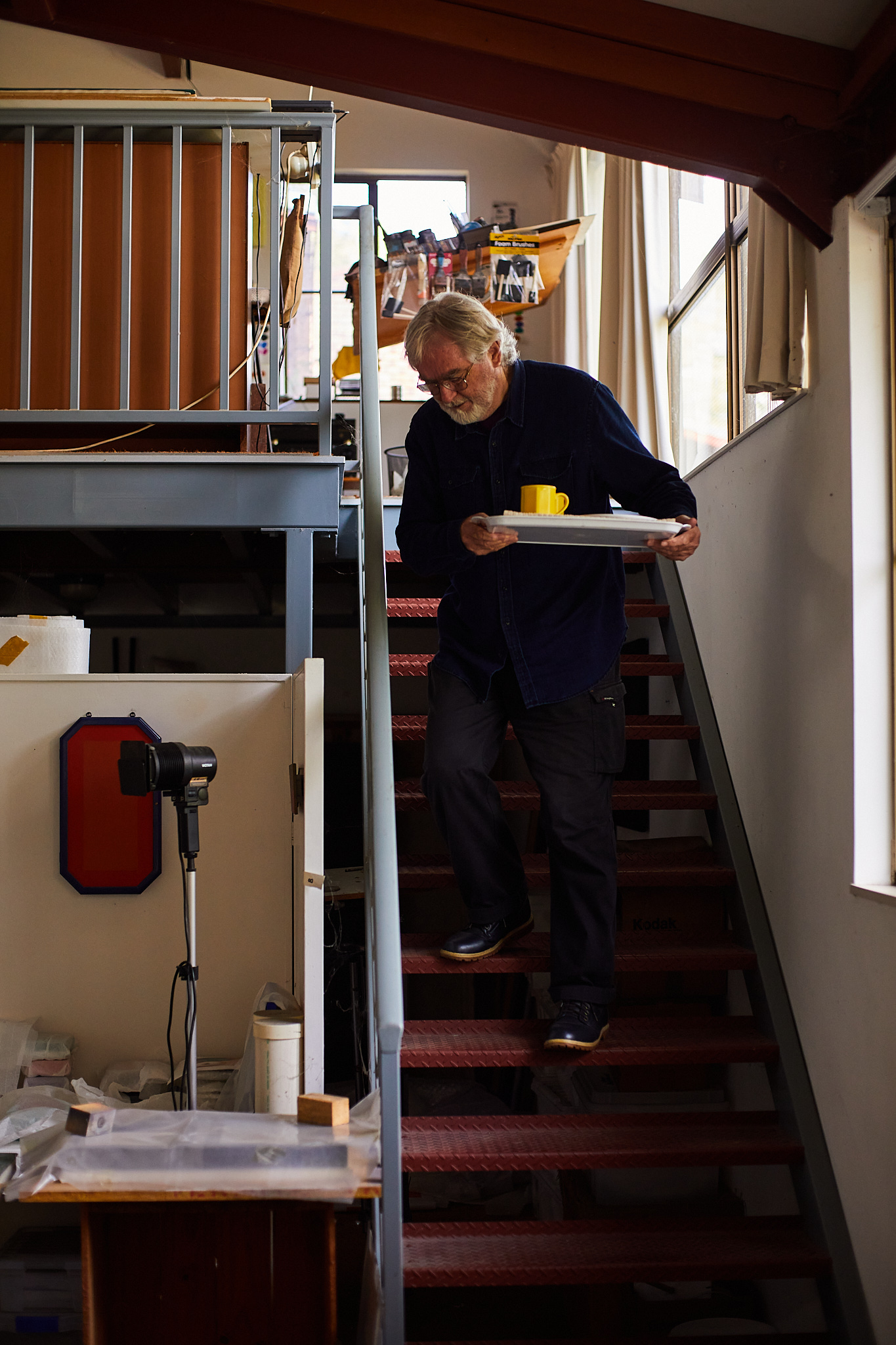
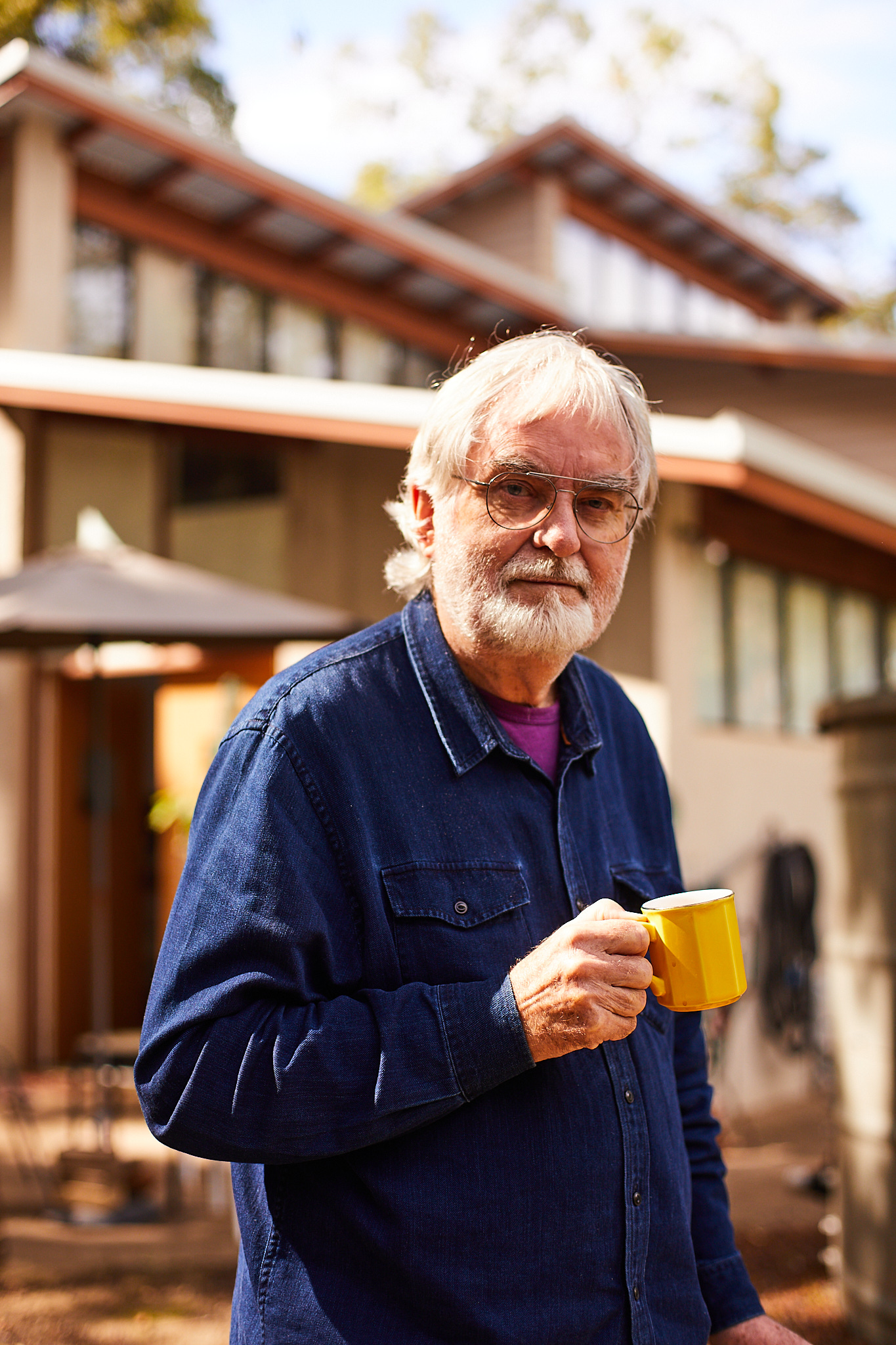
The subject matter pursued by both artists is a lofty one. To grapple with the unknown must surely provide a lifetime of activity for both, and each speaks of the other’s commitment.
“To be a witness to his practice, and the discipline of his practice, the constancy, the persistence, it’s very inspiring,” says Theunissen. “We talk about what art is, I call us interlocutors in that we are able to talk about what we believe, to tease out what art is. To tease out, I suppose, the best that art can be. Art can be many, many different things. I’m always curious. What is art? Why do we make art? What is it that drives us? Brian is quite stable in his belief system.”
Blanchflower reflects: “Some of my works take a long time. But they’re not kind of constantly changing or constantly being scraped off and repainted. They sort of just build up and build up and build up. Some of them, anyway, until they’re quite thick. So, they’re not that kind of expressionistic, in the way that that painting of hers is. [The Edge 2017 – 2019] is like a warm, seething matter. It has to be one of the best paintings she’s ever done. When I first saw it, I was surprised because it’s an amazing amount of work going on there. It’s amazing. That’s what I meant about her persistence, to keep on with the work—until she’s finally almost satisfied with it—maybe!”
“Art can be many, many different things,” Theunissen says. “I'm always curious. What is art? Why do we make art? What is it that drives us?”
AGWA curator of West Australian and Australian art Robert Cook has selected Theunissen’s The Edge and Gathered (2012) to hang opposite works by Blanchflower, Canopy #74 (Brighton Blue, 2017) and Canopy #76 (diptych, 2018 – 2019) in Gallery 01, setting up a dialogue for visitors to consider in the current exhibition.
Cook suggests the psychology behind his pairing of the artists relates to the subliminal connection he has observed between the pair, co-locating them, he says, “…to tacitly recreate the ways their sensibilities bounce off each other as they engage with the art of others. And extrapolating from this notion, perhaps their works on the wall are looking out and scanning the terrain, not passively awaiting the viewer; they have an agency, a distinct sensibility as they hold and regard.”
He continues: “They’re highly active works that are also incredibly subtle; their energies are complex and dynamic, compelling and radiant and they really do capture you in their fields. These fields are perceptual and formal, compositional I think, and they are also catchment points for the world itself, for feelings, memories, environments and their meshing. They gather the flickering sensations that enliven the world in all its complexity.”
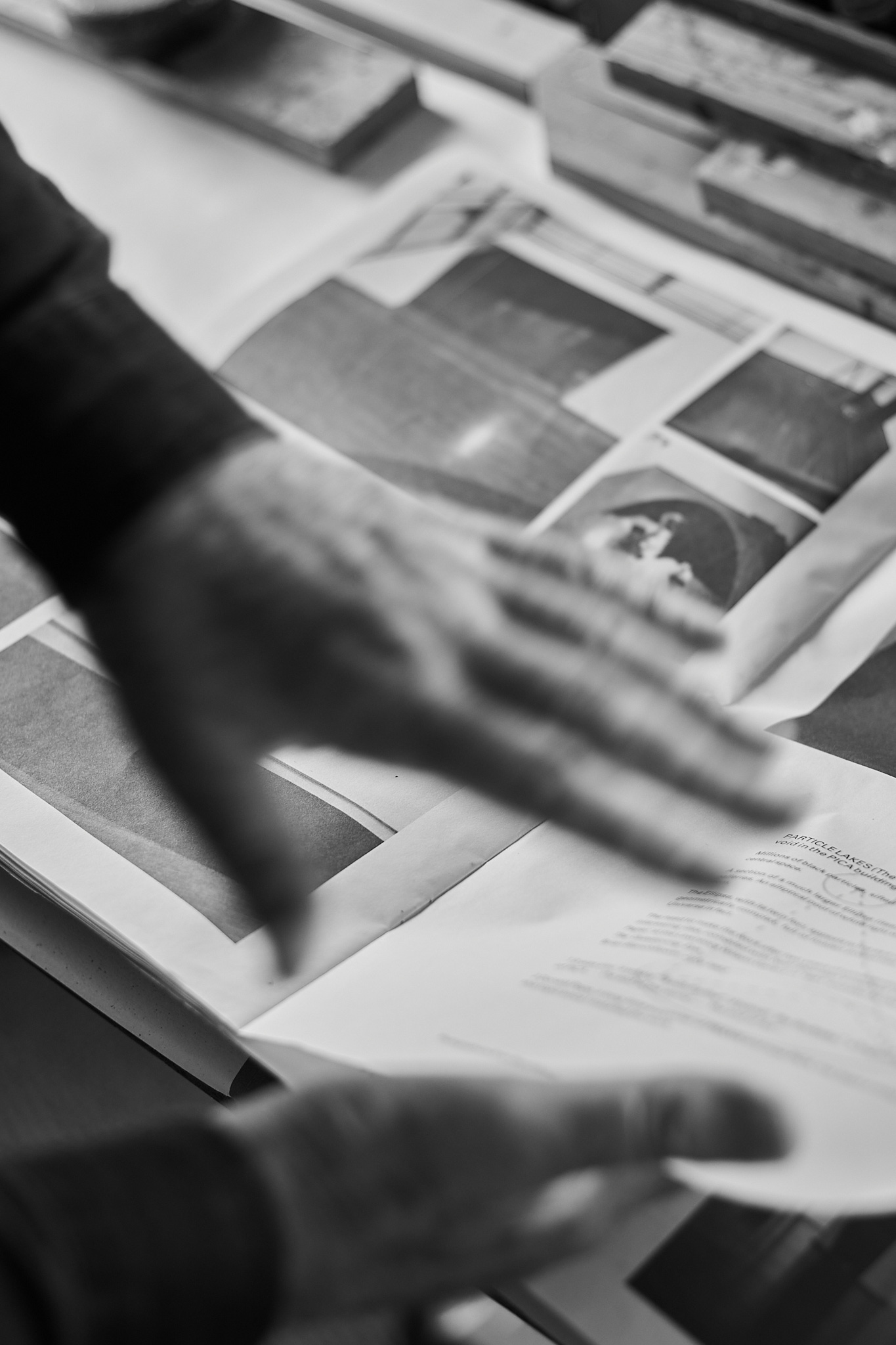
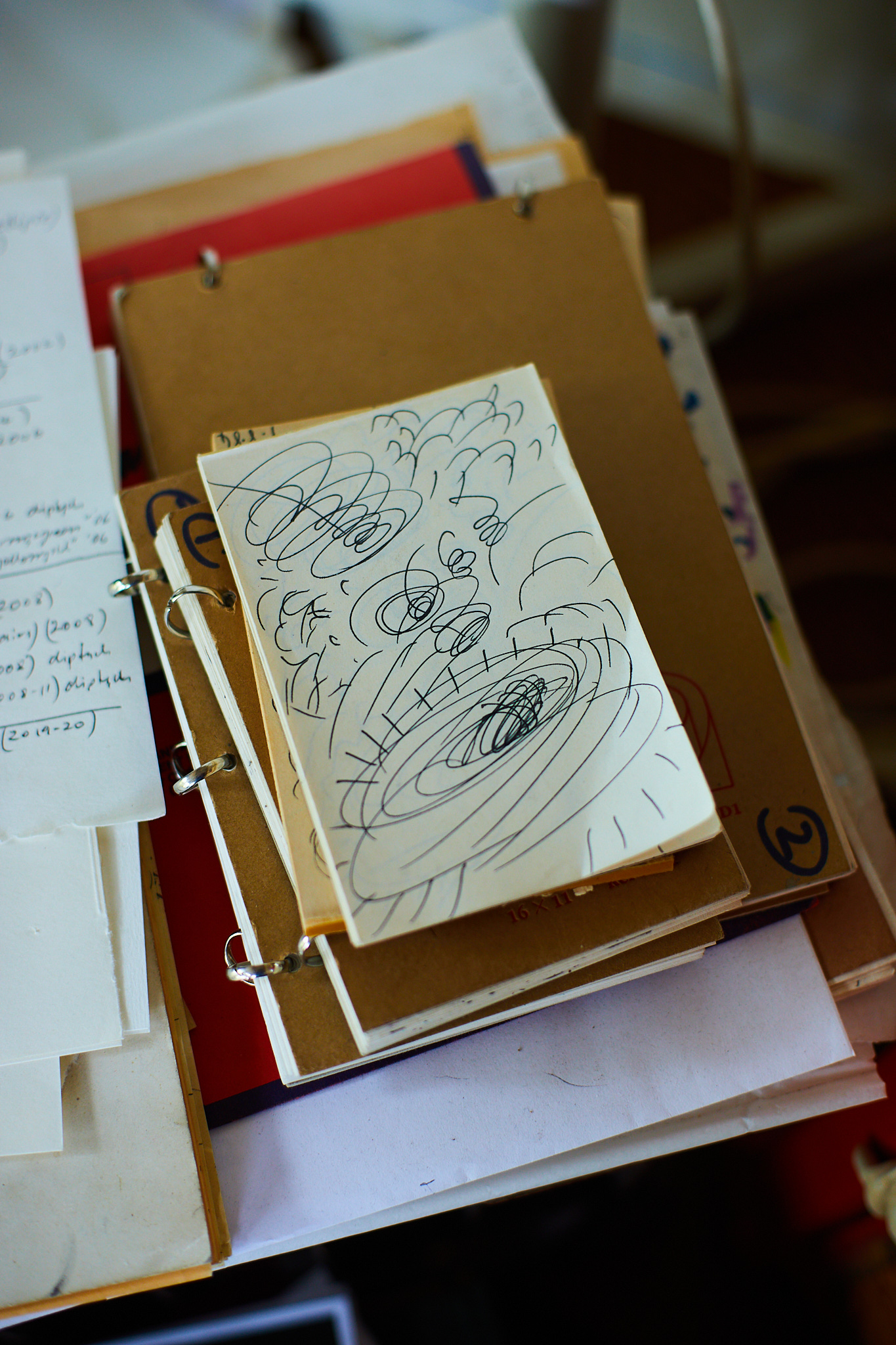
From his studio on the side of a hill, in a valley 30 minutes from Theunissen, Blanchflower reflects on what making art is for him: “It’s so vast and so complex that you can only find a little trail through all this really, although you get these glimpses of the wider thing. And that’s pretty much what painting’s about, you’re just following a sort of trail, an inkling, a hunch. This is the freedom of art, or freedom of painting. It is a quest of discovery. That’s why I work, really, to discover something. When I discover it, it’s still a mystery to me, but it’s another step along the infinite road.”
On occasion, Theunissen and Blanchflower travel that road together as they enquire in their own ways into what Theunissen refers to as “the state of flux, the mystery of things not being fixed”. Neither requires anything from the other, but both consider what they do exchange a gift.
This article was first published in the print publication The View From Here in October 2021 under the title Masters in Dialogue.
